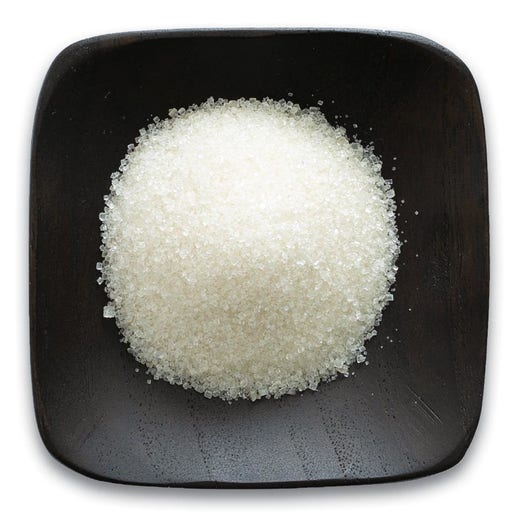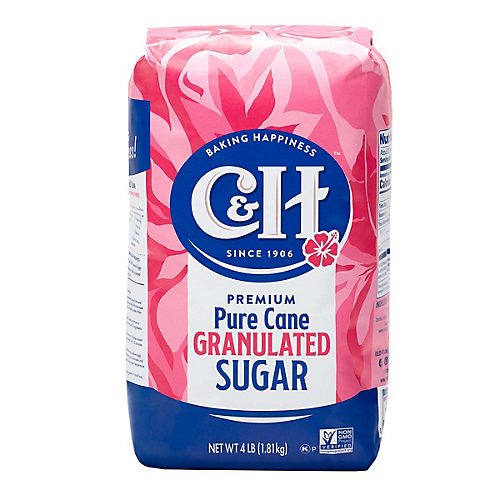Advanced Cane Sugar Processing: Enhancing Effectiveness and Sustainability
Advanced Cane Sugar Processing: Enhancing Effectiveness and Sustainability
Blog Article
Checking Out the Comprehensive Steps Associated With Walking Stick Sugar Processing From Gathering to Improvement
The procedure of cane sugar manufacturing encompasses a series of complex actions, starting with the cautious harvesting of sugarcane and culminating in the improvement phases that guarantee the last item satisfies sector standards. Each stage, from the removal of juice to the filtration and crystallization procedures, plays an important duty in determining the quality and character of the sugar.
Gathering Sugarcane
Gathering sugarcane is an important action in the walking stick sugar handling chain, as it straight influences the high quality and yield of the last item. Appropriate timing and techniques are vital throughout this phase to guarantee optimal sugar material and reduce losses. Normally, sugarcane is gathered when it reaches maturity, generally 12 to 18 months after growing, identified by a high sucrose focus.

Post-harvest, the sugarcane should be processed swiftly to avoid sucrose degradation. Preferably, gathered walking stick must be delivered to processing facilities within 24 hours to protect sugar high quality. As a result, efficient logistical preparation is essential to maintain the stability of the gathered crop throughout the supply chain.
Extraction Refine

The crushed walking cane is subjected to a collection of pushing operations to take full advantage of juice recuperation. Typically, hot water is splashed onto the smashed walking stick, producing a countercurrent circulation that aids liquify the sugar while likewise helping in the extraction procedure. The juice collected from this operation contains not just sugar however also various organic compounds and impurities.

To boost removal performance, some centers might employ diffusion methods, where the sugarcane is taken in hot water, allowing the soluble sugars to diffuse into the liquid. The resulting juice, rich in sucrose, is then guided to subsequent handling stages, laying the foundation for purification and refinement. The extraction process is thus essential in determining the quality and yield of the last sugar item.
Filtration Methods
The purification methods utilized in walking cane sugar processing are vital for transforming the raw juice into a top notch sugar item. These techniques mostly intend to remove impurities, such as dirt, plant products, and not natural compounds, which can negatively impact the final product's flavor and shade.
This procedure entails including lime and warm to the raw juice, which promotes the coagulation of pollutants. Additionally, the use of phosphoric acid can enhance the clarification process by more binding impurities.
Another significant method is carbonatation, where co2 is introduced to the clarified juice. This response produces calcium carbonate, additional reading which captures continuing to be pollutants and promotes their elimination.
Furthermore, turned on carbon treatment might be related to adsorb any remaining colorants and organic impurities, guaranteeing a more polished item. The combination of these approaches efficiently prepares the sugar juice for subsequent action in the refining procedure, establishing the stage for the manufacturing of top notch cane sugar.
Formation Approaches
After the purification phase, the following vital action in walking stick sugar processing includes formation methods, which play a critical duty in transforming the clarified juice into solid sugar. This procedure typically employs 2 primary techniques: spontaneous formation and regulated crystallization.
In spontaneous crystallization, supersaturated sugar remedies are allowed to cool normally, leading to the development of sugar crystals over time. This approach permits for the consistent growth of sugar crystals and higher purity.
Throughout formation, the made clear juice is focused with dissipation, raising its sugar web content till it gets to supersaturation. When this point is achieved, either technique can help with the crystallization procedure. Cane Sugar Processing. The resultant sugar crystals are after that separated from the remaining syrup via centrifugation
Inevitably, the selection of condensation method impacts the top quality, dimension, and pureness of the last sugar product, making this step essential in the total walking cane sugar processing treatment.
Refinement and Packaging
Just how can the pureness and quality of walking cane sugar be even more enhanced after formation? The refinement procedure plays a critical function in achieving top notch walking stick sugar. Following formation, sugar goes through an extensive cleaning to eliminate contaminations and residual molasses. This is generally completed using cozy water or heavy steam, which aids dissolve and draw out undesirable aspects while protecting the sugar crystals.
Next, the sugar goes through a procedure called centrifugation, where it is rotated at broadband to separate the cleansed sugar crystals from the continuing to be liquid. After centrifugation, the sugar is commonly further fine-tuned via a technique called carbonization or phosphatation, which uses turned on carbon or phosphoric acid to eliminate shade and off-flavors.
When fine-tuned, the sugar is dried out to achieve the preferred wetness web official site content, making sure that it remains steady throughout storage space and transport. The final step includes product packaging the polished sugar in closed and moisture-proof containers to preserve its top quality and stop contamination. Cane Sugar Processing. Correct packaging not only prolongs shelf life however additionally facilitates easy handling and distribution, making sure that customers obtain sugar that fulfills the highest possible criteria of pureness and top quality
Conclusion
The comprehensive steps associated with cane sugar processing, from the meticulous harvesting of sugarcane to the elaborate refinement and packaging stages, underscore the importance of each phase in ensuring top quality sugar production. Optimal harvesting techniques, reliable removal approaches, and extensive filtration processes collectively add to the last look at this now item's purity and stability. The crystallization and succeeding product packaging methods even more enhance the integrity and rack life of the sugar, highlighting the intricacy and accuracy fundamental in this vital agricultural sector.
The procedure of cane sugar production encompasses a collection of complex actions, beginning with the cautious harvesting of sugarcane and culminating in the improvement stages that guarantee the last product fulfills sector requirements. Ideally, collected walking stick should be transferred to processing facilities within 24 hours to maintain sugar high quality.In spontaneous crystallization, supersaturated sugar remedies are enabled to cool down naturally, leading to the formation of sugar crystals over time - Cane Sugar Processing. The improvement process plays an important role in attaining high-grade walking stick sugar.The comprehensive actions involved in walking cane sugar processing, from the careful harvesting of sugarcane to the elaborate improvement and packaging phases, underscore the relevance of each phase in making sure high-grade sugar production
Report this page